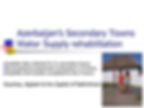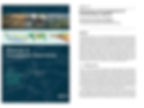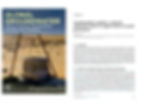Think Tank dedicated to the sound governance of land, water and ecosystems
Learning Resources & Blogs
With over 40 years of experience an extensive library of studies, reports, analyses, strategies and policy advice has been built up. These resources may be accessed for reference and further learning. Techniques have prepared for practical applications, such as prioritisation of water supply system regeneration, selection of priority sub catchments for land stabilisation or assessment of the benefits of environmental enhancements in mining and other industrial wastes.





Governance of sub surface space in aquifers



Policies: global, national & local
Experience suggests that policies have been formulated in silos; the environment does not work in silos. So there is a disconnect. It is time to revert to a 'joint up' world. While traditional natural science education taught us to 'deconvolute', we must now face complexity and address it for a convergent outlook.








Solutions: with scale relevancy
Micro scale solutions are good! However, they have to be conceptualised within the macro scale. New wetlands, landscape adjustments, small ponds can help to add biodiversity in a few tens of hectares. Replicating them across the catchment (as that is the basic unit) is essential for sustainability. Transboundary river and aquifer units are awaiting sound governance that follows this philosophy.








The Post COVID-19 world: a new normal
2020 marks the start of a decade of a 'new normal' - no matter to what extent governments will try to revert to business as usual under any other name. We can allow the new normal to creep up to us unseen and unheard - or we can define what the new normal is going to be.
This is an opportunity!
The ineffective past policies have to be shed. Water-land-biodiversity are not silos - the governance cannot be in silos. Multiple ministries, departments, operating in silos have to be converged - despite political resistance.
